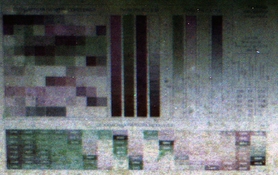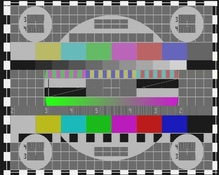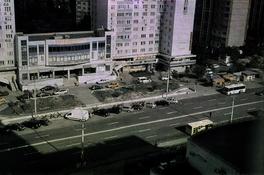Parodinal+hair dye, to be precise, but anyways.
I was able to go from pic 1 and 2 results to pic 3, but while tweaking the process I made an observation that I'm not sure is true. It seems like this color developer gives more color at Ph≈8, lower than normal. Could this be true?
The final goal is ersatz-E6 made only with components that can be easily bought in a pharmacy or a local shop, and unlike in case with color negative, slide can't be repeatedly bleached and developed to achieve better color, and according to PE hydrogen peroxide will ruin slide film, so I'll need to get as much color as possible in one go.
I was able to go from pic 1 and 2 results to pic 3, but while tweaking the process I made an observation that I'm not sure is true. It seems like this color developer gives more color at Ph≈8, lower than normal. Could this be true?
The final goal is ersatz-E6 made only with components that can be easily bought in a pharmacy or a local shop, and unlike in case with color negative, slide can't be repeatedly bleached and developed to achieve better color, and according to PE hydrogen peroxide will ruin slide film, so I'll need to get as much color as possible in one go.












